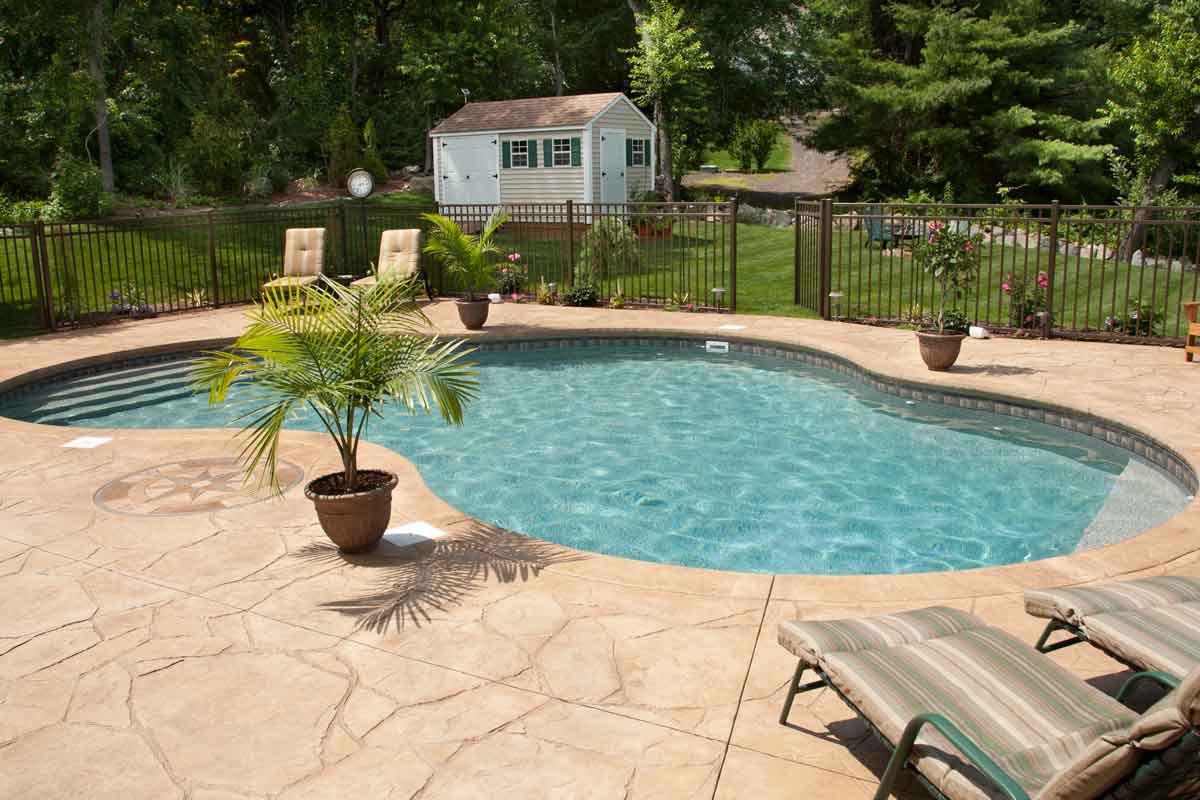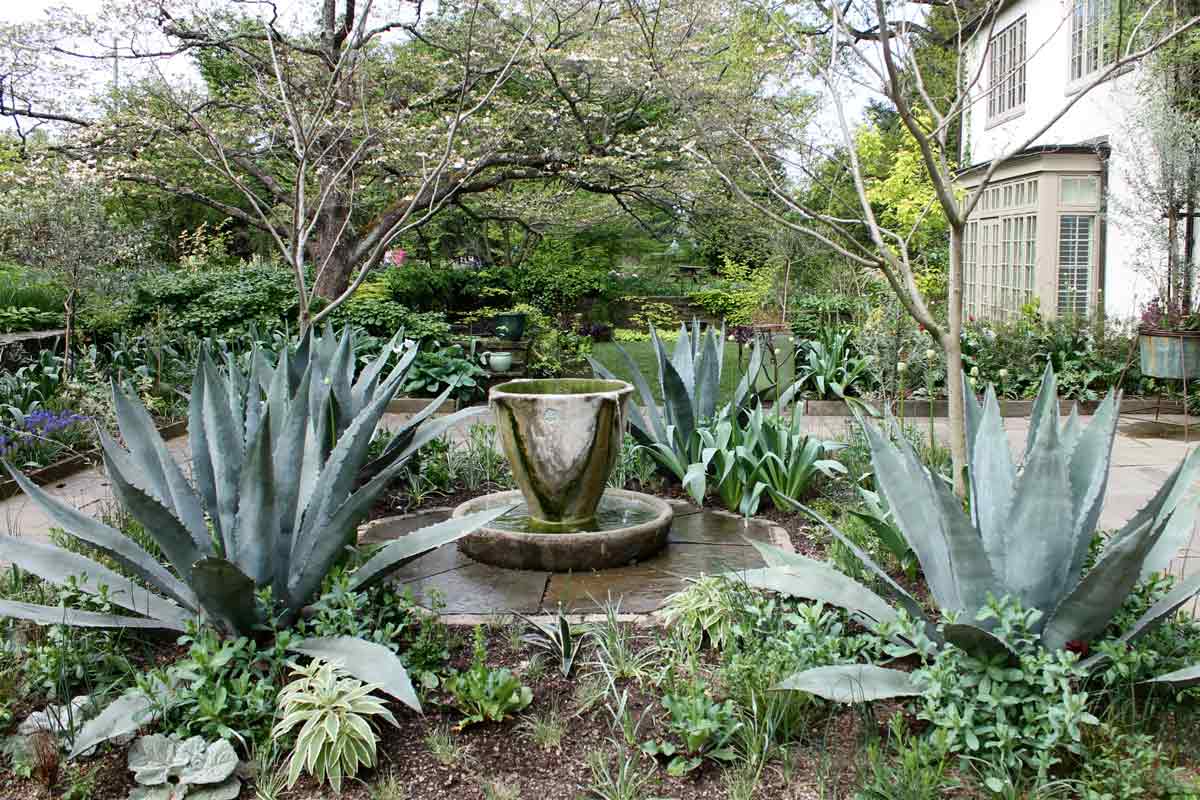Eight Colorful Succulents
The low maintenance of succulents makes them a popular plant choice. Learn more about eight colorful succulents that can add a pop of color to your garden.

Tropical plants like palms are a great plant to add to your landscape or planters this summer. km406 / iStock / Getty Images Plus
Most of the plants that gardeners grow as houseplants or as centerpieces in summer pots are in-ground plants in their tropical homelands. Crotons, umbrella plants, poinsettias, and the like are species that happily grow year-round in landscapes where temperatures never go below freezing. They'll tolerate potted conditions in a Minnesota living room, but no plant is native to the inside of a house.
The seldom-known good news for cold-weather gardeners is that most houseplants and tender potted plants do just fine when planted in garden beds during the frost-free season. Most even prefer taking a "summer vacation" in the warm, humid outdoors with "real" soil around their roots.
For much of the United States, tropicals can grow outside in the ground for at least five months (May through September) and maybe up to seven months (April through October). Then it’s possible to dig and pot the tender plants before frost hits and grow them inside through winter before recycling them into another round of in-ground duty next summer. Many of these plants add showy textures and forms, colorful leaves, and something different to a non-tropical yard.

Planted blue-leafed agaves give a summertime tropical flair to this Teacup Garden at Chanticleer in Pennsylvania. Photo by George Weigel
Keep these tips in mind when using "houseplants" in the landscape: